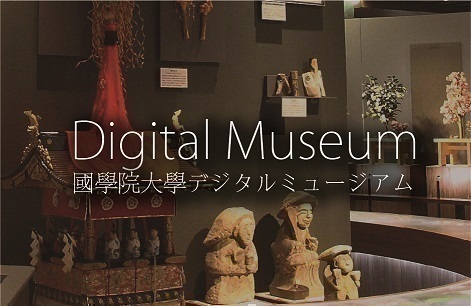- トップ
- Encyclopedia of Shinto
- Sūkyō Mahikari
Encyclopedia of Shinto
| Main Menu: | |
| Links: |
詳細表示 (Complete Article)
| カテゴリー1: | 8. Schools, Groups, and Personalities |
|---|---|
| カテゴリー2: | Modern Sectarian Groups |
| Title | Sūkyō Mahikari |
| Text | A new religion derived from the lineages of Ōmoto and Sekai Kyūseikyō, and which became independent from the Sekai Mahikari Bunmei Kyōdan. When the founder of Sekai Mahikari Bunmei Kyōdan, Okada Kōtama (1901-74) (known in the movement as sukuinushi, or lit., "salvation master") died in 1974, a succession dispute arose between Sekiguchi Sakae (1909-) and Okada Keishū (1929-) over which should become the second-generation "teaching master (oshienushi)." This dispute continued until 1977, when Sekiguchi was confirmed with the mantle of succession. In response, Okada Keishū founded a new independent religious corporation with the name Sūkyō Mahikari, and established a new global headquarters (sekai sōhonzan) at Takayama in Gifu Prefecture. In October 1984 a divine revelation led the group to build an inner sanctuary or "remote shrine" (okumiya; see yamamiya, satomiya ) on one part of Mount Kurai, in correspondence to its main global headquarters, and in November 1984, work on the world headquarters was thus completed. The headquarters shrine was designated the Motosu Ōkamu no Miya (Motosu Ōkamu Shrine or "shrine to the original great deity Su") and the remote shrine was hailed as the Mahikari Motosumiya (Mahikari Motosu Shrine). In 1986 the movement held its first "International Sun-Light Civilization Conference" (yōkō bunmei kokusai kaigi) in which representatives from over 20 countries participated. Given that the movement regards Okada Kōtama as its founder and calls him the "savior" (sukuinushi) it has much in common with Sekai Mahikari Bunmei Kyōdan and apart from disputes over succession and the location of its headquarters, it largely shares the same doctrines and rituals. Sūkyō Mahikari claims that the world entered the "age of baptism by fire" (hi no senreiki) in 1962, resulting in an increase in illnesses and natural disasters. It claims that it built its world headquarters as a sanctuary for Su God (Su no kami) to save the world from such disasters. It asserts that the individual believer must use mahikari no waza ("pure light practice," the spiritual purification practice of Mahikari) in his or her daily life in order to purify the body and mind, the spirits of the dead, and the environment. These apocalyptic worldviews and concepts of salvation are emphasized at the three-day training seminars provided for new recruits at each branch and training center; on the last day of the session, each participant is given a Mahikari' amulet (omitama), which empowers the follower to perform its spiritual purification practice (mahikari no waza ). See also Sekai Mahikari Bunmei Kyōdan. Headquarters: Gifu Prefecture Nominal membership: approximately 490,000 (M) —Tsushiro Hirofumi |




